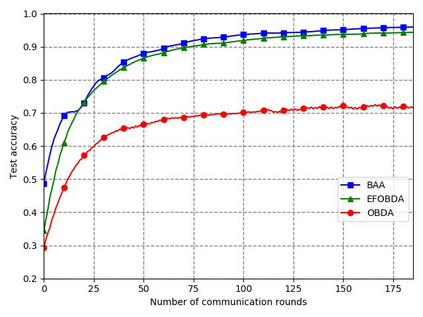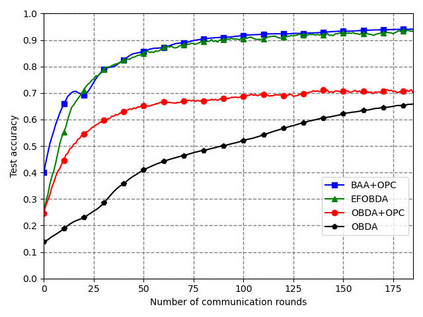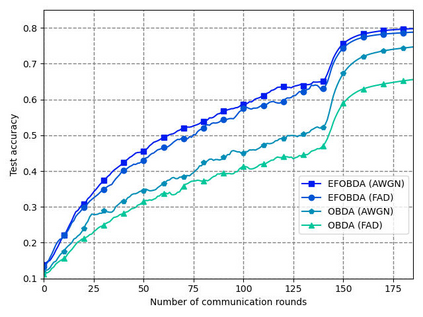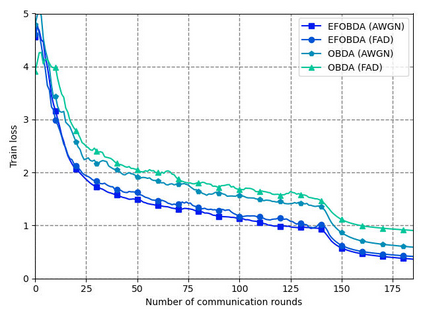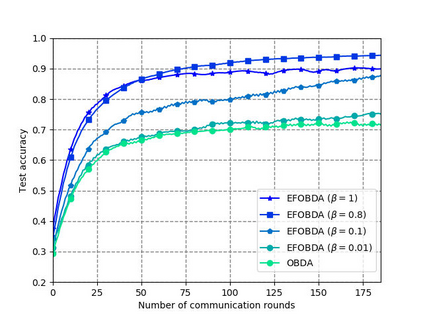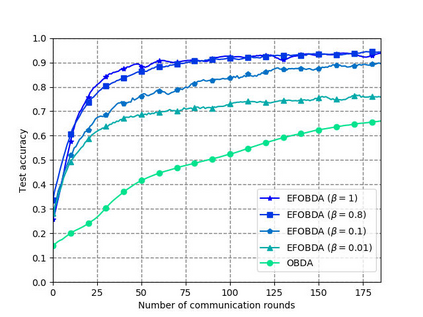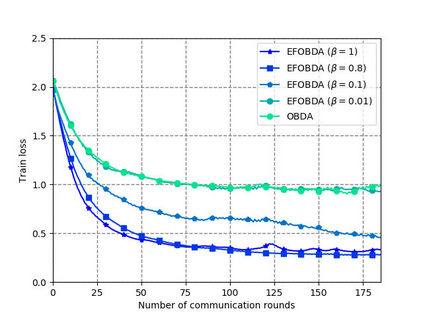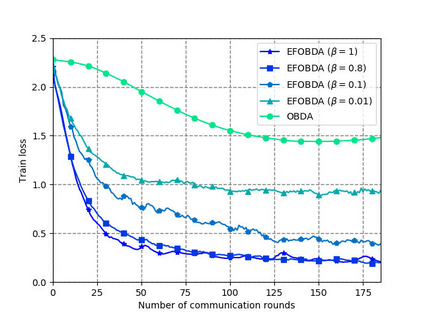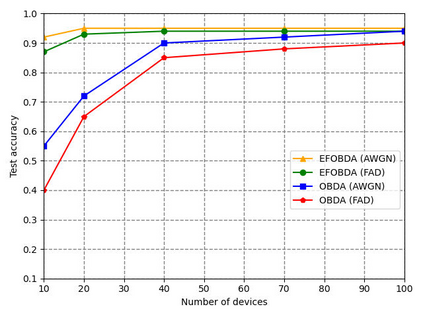Over-the-air federated edge learning (Air-FEEL) is a communication-efficient framework for distributed machine learning using training data distributed at edge devices. This framework enables all edge devices to transmit model updates simultaneously over the entire available bandwidth, allowing for over-the-air aggregation. A one-bit digital over-the-air aggregation (OBDA) scheme has been recently proposed, featuring one-bit gradient quantization at edge devices and majority-voting based decoding at the edge server. However, the low-resolution one-bit gradient quantization slows down the model convergence and leads to performance degradation. On the other hand, the aggregation errors caused by fading channels in Air-FEEL is still remained to be solved. To address these issues, we propose the error-feedback one-bit broadband digital aggregation (EFOBDA) and an optimized power control policy. To this end, we first provide a theoretical analysis to evaluate the impact of error feedback on the convergence of FL with EFOBDA. The analytical results show that, by setting an appropriate feedback strength, EFOBDA is comparable to the Air-FEEL without quantization, thus enhancing the performance of OBDA. Then, we further introduce a power control policy by maximizing the convergence rate under instantaneous power constraints. The convergence analysis and optimized power control policy are verified by the experiments, which show that the proposed scheme achieves significantly faster convergence and higher test accuracy in image classification tasks compared with the one-bit quantization scheme without error feedback or optimized power control policy.
翻译:空中联邦边缘学习(Air-FEEL)是使用分布式训练数据进行分布式机器学习的通信效率高的框架。该框架使所有边缘设备能够同时通过整个可用带宽传输模型更新,从而实现了空中聚合。最近提出了一种一位数字空中聚合(OBDA)方案,其特点是边缘设备上的一位梯度量化和基于多数投票的解码。然而,低分辨率的一位梯度量化会减慢模型的收敛速度,导致性能下降。另一方面,Air-FEEL 中由于衰落信道而导致的聚合误差仍未解决。为解决这些问题,我们提出了误差反馈一位宽带数字聚合(EFOBDA)和优化的功率控制策略。为此,我们首先提供了一种理论分析方法,用于评估 EFOBDA 对 FL 收敛的影响。分析结果表明,通过设置适当的反馈强度,EFOBDA 可与不经量化的 Air-FEEL 相媲美,从而提高 OBDA 的性能。随后,我们进一步引入功率控制策略,通过最大化瞬时功率约束下的收敛速率来实现。通过实验证实了收敛分析和优化功率控制策略的有效性,结果显示,与不具有误差反馈或优化功率控制策略的一位量化方案相比,所提出的方案在图像分类任务中实现了显著更快的收敛和更高的测试精度。





















